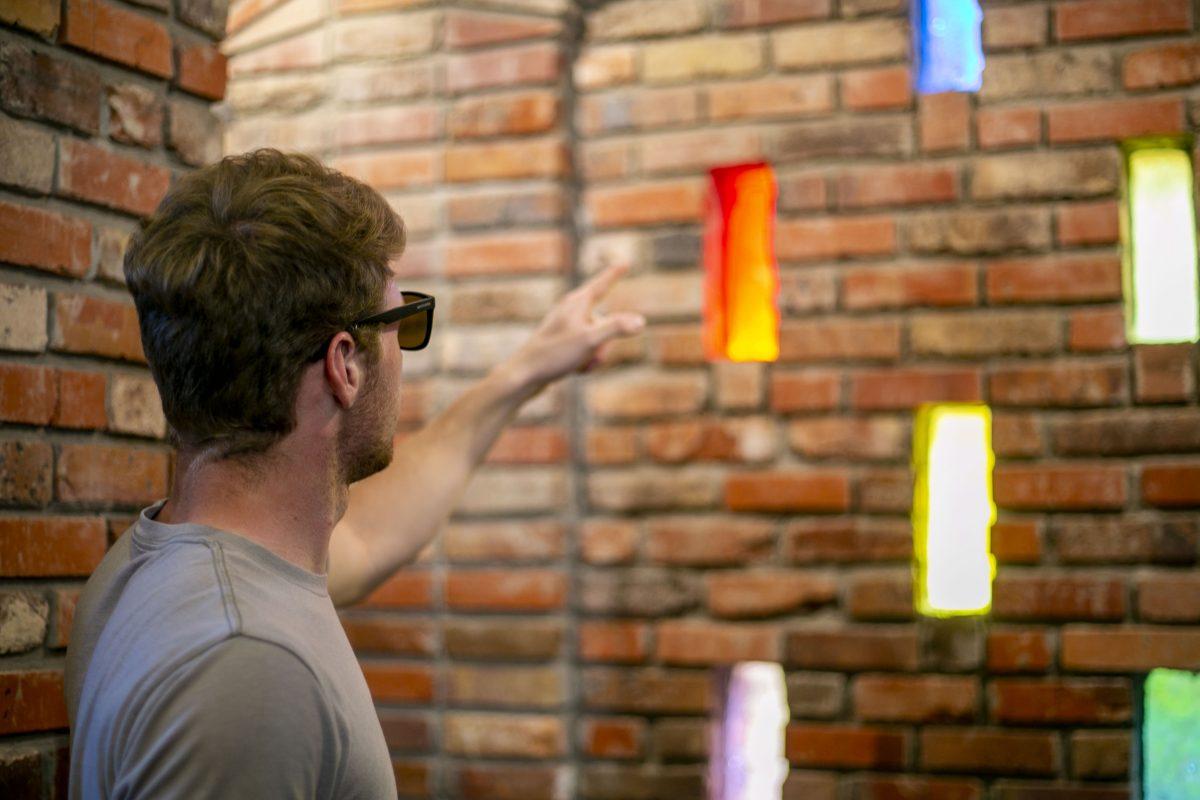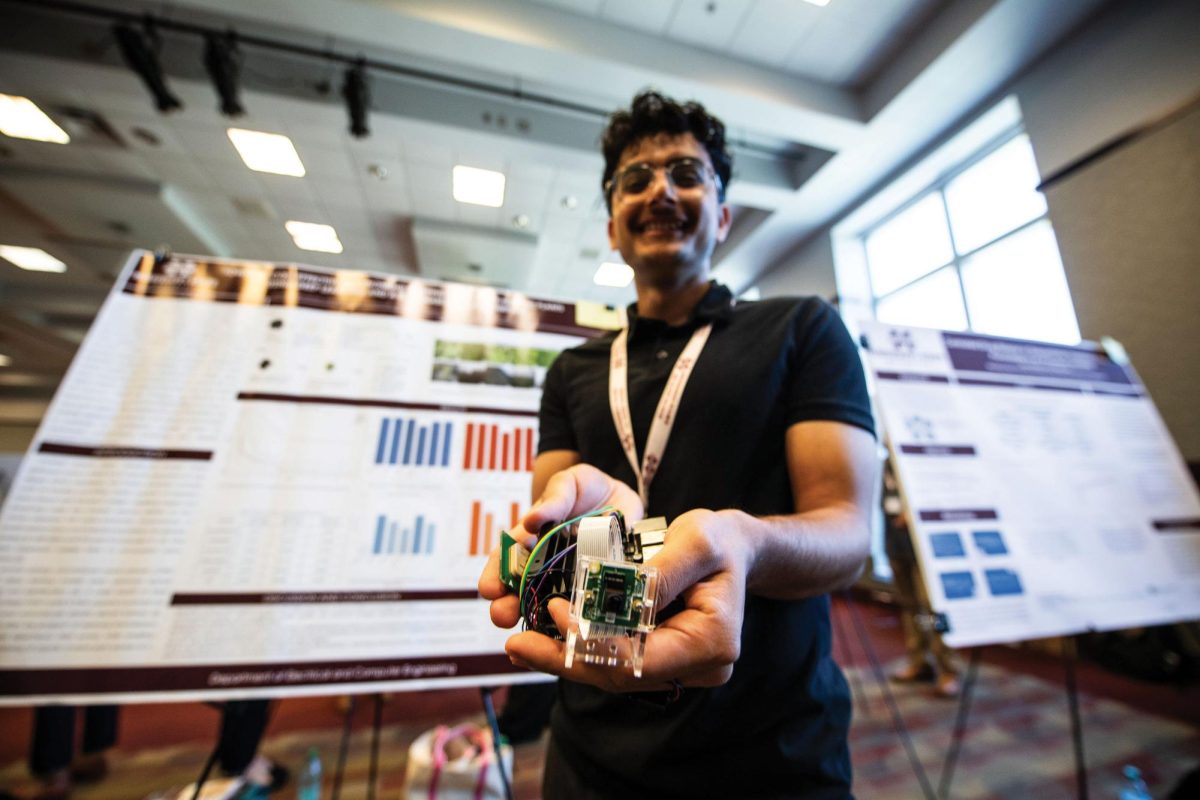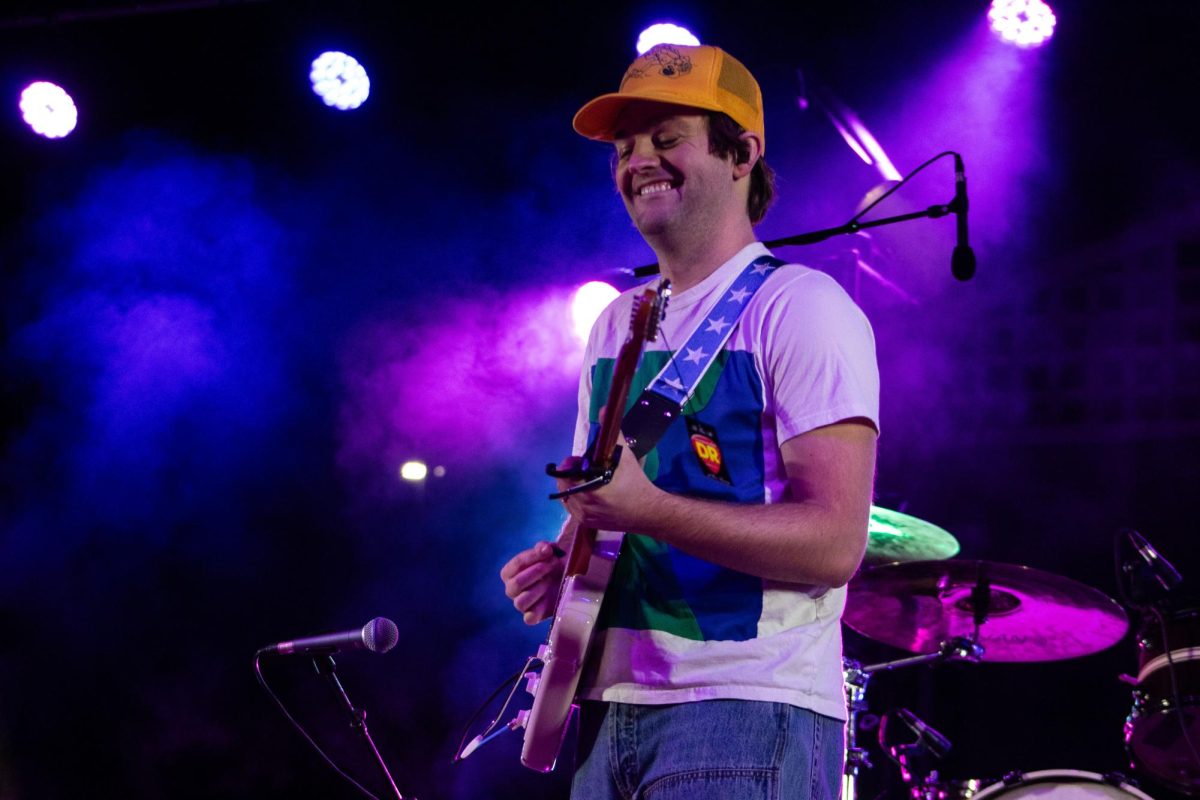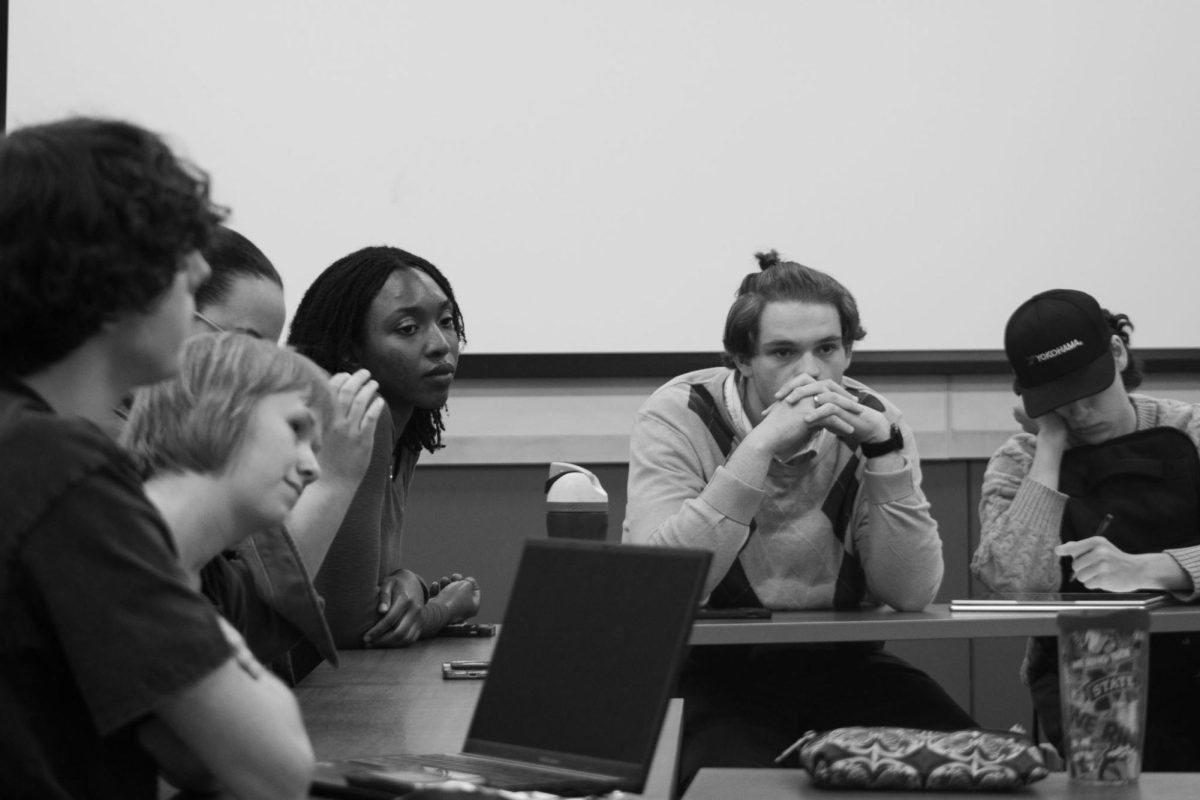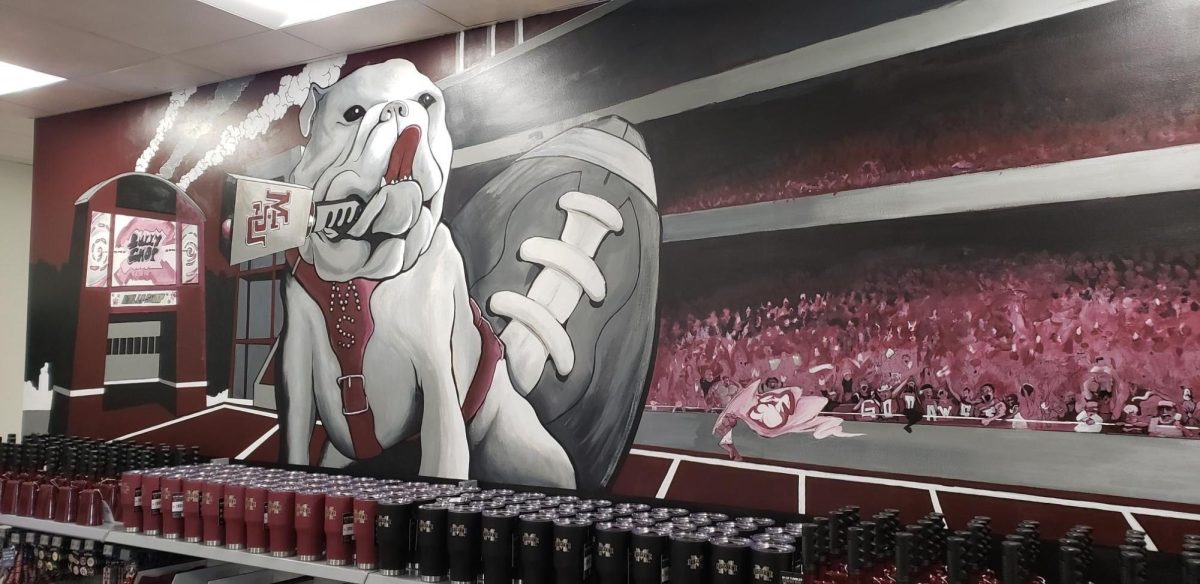In an academic setting, the use of color can serve as a crucial tool for teachers to communicate ideas and concepts to their students. For Amanda Mayo, a graduate geoscience master’s student, this method of communication became more difficult in 2012.
Mayo, then a high school student, suffered a traumatic brain injury that left her with an inability to process certain colors, similar to red-green colorblindness. Despite the potential for her vision to return one day, Mayo spent the next 11 years of her life adapting to her colorblindness and becoming more vocal about her situation.
Adam Skarke, an associate professor in the department of geosciences, was the first instructor to accommodate Mayo’s colorblindness, unprompted, in over 10 years.
“When [he] printed [that map] in grayscale for me, it was really thoughtful because he did it without any prompting. I didn’t have to ask, he just did it and I felt like a regular student that day,” Mayo said.
Much like Skarke had for Mayo, many Mississippi State University faculty members have partnered together to provide a beneficial experience for other color deficient students.
The Department of Geosciences and the Department of Plant and Soil Sciences have partnered with EnChroma, a Berkeley, California, based eyewear company, to provide color correcting glasses for individuals with color vision deficiencies.
Amelia Fox, an assistant clinical plant and soil sciences professor, Renee Clary, a geology professor and director of the Dunn-Seiler Museum and Amy Moe-Hoffman, a geology instructor, worked together to bring the EnChroma glasses to MSU’s campus.
Moe-Hoffman, who spoke to her department head about potential funding for the EnChroma glasses beforehand, said the timing of the incentive from Fox was “perfect.”
“Just that week, I heard from Dr. Fox. In that end, she was saying she was working with the company to get a set of glasses. So, it was like, perfect timing,” Moe-Hoffman said.
Fox initiated the acquisition of the glasses, and the department of plant and soil sciences purchased eight glasses for color deficient students. The glasses were sent to Hilbun Hall where necessary students could loan a pair out from Moe-Hoffman, who shared how the process works.
“All [students] would need to do is send me an email, and I would set up a time to meet with them. They would have to come and meet with me and try on the glasses to see which one it is they need. Then, they fill out a form and can borrow the glasses for up to 10 days at a time,” Moe-Hoffman said.
Many color deficient students, like Mayo, had prior knowledge of EnChroma glasses. Mayo tried on her first pair of EnChroma glasses while orienteering, a sport where individuals navigate in the woods through checkpoints on topographical maps. She said experiencing the “splash of color” while trying on the glasses again was an amazing experience.
“It was so bizarre when my professors, like last week, gave me the glasses to try on. She was trying to have a conversation with me about some research that I’m doing, and I was like putting the glasses on my face…and pulling them to my forehead while having a conversation with her,” Mayo said. “I was like, ‘oh my gosh, like I can see the color of my coffee cup. Like my coffee cup is pink.’”
Trayton Taft, a senior agricultural science major from Tuscaloosa, Alabama, also had an awareness of the EnChroma glasses. He said he knew people who have tried on the glasses and noticed a difference once they put them on.
“I noticed a difference, but what I’ve learned to think of certain colors [was different] when I put the glasses on and [saw] the true colors,” Taft said. “Since I’ve worn them for two or three weeks, it’s like I can tell the difference. It’s been sort of an overtime change, like it wasn’t instant for me.”
Taft knew he was red-green colorblind from an early age, saying it was “probably around kindergarten” when he and his family first realized. He had difficulties learning colors and picking up the correct color whenever he was coloring something.
“Since I’ve (been colorblind) my whole life, I’ve gotten used to it. I’ve learned different ways of how to perceive stuff,” Taft said.
Similarly, Mayo has had to adapt to her color deficiency over the years by utilizing grayscale images and apps like Color Blind Pal.
As a teaching assistant for some introductory geology courses at MSU, however, she said she hopes the implementation of these glasses provides useful opportunities for colorblind students.
“I know there’s like a lot of careers where colorblindness can stop you. But now that the university has these glasses for students to check out, I think it’s going to open a lot of doors for [students],” Mayo said.
Glasses provide new visions for color deficient students
Student Trayton Taft uses colorblind glasses to help him identify the colors of the windows in the Chapel of Memories.
About the Contributor
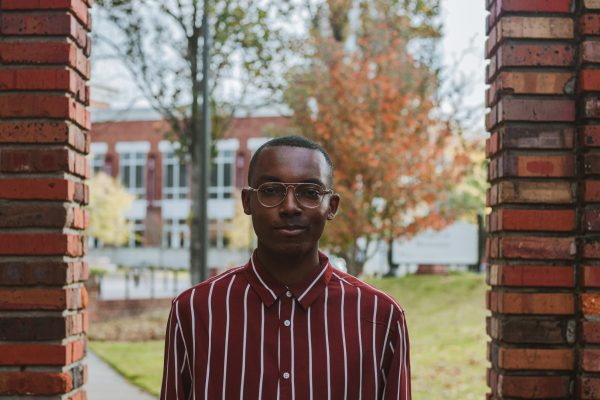
Trey Barrett, Former Life & Entertainment Editor
Trey Barrett served as the Life & Entertainment Editor from 2022 to 2023.
0
Donate to The Reflector
Your donation will support the student journalists of Mississippi State University. Your contribution will allow us to purchase equipment and cover our annual website hosting costs.
More to Discover


